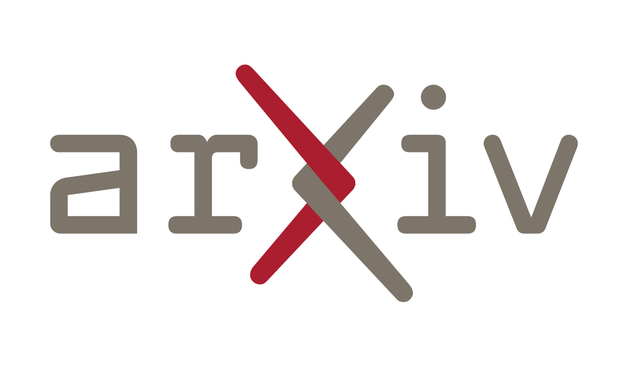🇧🇷🔥 Brazil on Fire Again – and So Is Its AI Research!
A fresh paper out of São Paulo brings stacking and conformal prediction together in a clever way that boosts predictive performance without splitting off a calibration set — a big win when data is limited.
A fresh paper out of São Paulo brings stacking and conformal prediction together in a clever way that boosts predictive performance without splitting off a calibration set — a big win when data is limited.
